Essentialism has varying definitions, but in this instance, we’re taking guidance from the Greg McKeown version in a “disciplined pursuit of less”. His book Essentialism begins with a quote from Lin Yutang which says
“The wisdom of life consists in the elimination of non-essentials.”
Read on if:
- You’re interested in understanding how to reduce your digital carbon footprint.
- You’re not getting the expected conversions from your site.
- Your site is ageing, and you don’t know where to start with a rebuild.
- Your website has turned into a beast of outdated content.
GLOSSARY:
ESSENTIALISM:
Essentialism is about deliberately distinguishing the vital few from the trivial many, eliminating the non-essentials, and removing any obstacles, so the essential things have a clear, smooth passage.
CARBON FOOTPRINT:
According to WHO, a carbon footprint is a measure of the impact your activities have on the amount of carbon dioxide (CO2) produced through the burning of fossil fuels and is equated to a weight of CO2 emissions produced in tonnes.
CORE VITAL UPDATES:
Core Web Vitals measure how users experience the speed, responsiveness, and visual stability of a page. Search Engine Journal
EAT PRINCIPAL:
Google wants to be as confident as possible to recommend sites that display a high level of expertise, authority, and trustworthiness — which is what E-A-T stands for! It’s Google’s way of protecting searchers from low-quality content that has the potential to be detrimental to a searcher.
TRIPLE BOTTOM LINE:
Coined by John Elkington over two decades ago, the triple bottom line is a sustainability framework that looks to balance a company’s social, environmental, and economic impact
Bigger, Better, Bust.
In the past, we preached that the more optimised content, the better. In recent years animations and plentiful video have been heralded as proven ways to grab attention and drive conversions. But with the latest Google algorithm core vital updates and the introduction of the E-A-T principal, and a growing understanding that we are all responsible as businesses for our digital footprint, the tide has changed.
Note: This isn’t a preachy post; there are giant commercial as well as environmental benefits.
But it’s important to recognise that it’s not tangible or easily explained doesn’t mean it doesn’t exist. We’re talking about carbon produced as a result of your website.
Trailblazing agency Wholegrain Digital, a fellow BCorp, dedicates its business to those working with purpose. So authentic is their drive to do better, they created the invaluable website carbon calculator. Anyone can use this tool, and it’s a definite eye-opener.
The remainder of this post will flag what you should be considering for your site to reduce your carbon footprint.
But, if commercials are more your concern than carbon.
All of the methods we employ to reduce the weight of a web page and associated carbon impact ALSO benefit user experience through simplified journeys and SEO through improved page loading times. If applied correctly to your site, you’ll also end up with fewer pages that pack a bigger punch, with richer, more considered content, again improving your ranking position and your customer journey. All of which are likely to improve your conversion rate.
Beat the bloat with an essentialist approach to your website.
Visuals.
An image doesn’t always speak a thousand words. One of the worst contenders for unwanted website weight (slow page-loading time & high-carbon impact) is large images. Yes, you can resize, and there are even handy plugins like SMUSH Pro from WPMU Dev if manually resizing a lagging media library fills you with dread. BUT, ask yourself if a stock image of people in hard hats pointing at a screen best represents your business?
TIP. Creating visual interest that adds value with on-brand vector-based graphics.
Vector-based graphics are bang on trend, and rightly so. From a practical perspective, over the last year, photoshoots have been thin on the ground. And while some have turned to generic stock imagery, others have invested in vector-based design.
The beauty is not only in the energy-saving but also in the value that vector-based graphics can represent.
Maddy, The Typeface Group Design Exec says:
“Custom vector-based graphics can be a great way to give your brand a unique set of visuals, without the need to resort to stock photography.
They’re infinitely scalable, retain a smaller file size, and offer the ability to be animated or made interactive. SVG files in particular integrate additional semantics to make them compatible with assistive technologies like screen readers – a bonus for ensuring accessibility!
Sites like Spotify Design, Lemonade and Octopus Energy are all excellent examples of how vector-based graphics can elevate your brand’s visual presence.”
Once you invest in graphic design, you can extend your visual brand utilising across:
- Pitch Decks
- Tender Documents
- Social Media Posts
- Internal Communications
- Company Merchandise
- Vehicle Livery
Cut the crap.
Many moons ago, Nat wrote a blog on clearing down outdated content. The aim here is to cut any BS, reduce down diluted posts, enrich your core pages and create articles that marry Google’s E-A-T principle.
Each time a web page is visited, a carbon output is generated.
Case in point.
As an agency, we no longer offer social media. Consistently over the last years, our most visited web page (after home) was a blog post on the value per user on social media. While this post was useful to literally thousands of people, over time it became irrelevant to our business, we decided to no longer update it with recent stats which diminished its value, but not ranking. Bottom line, we didn’t convert a single customer from it. So this week we deleted the post.
Website traffic will go down, but we aren’t about the vanity – we’re un-confusing our messaging and reducing noise which will improve user experience and attract a more relevant audience over time.
As you are culling there are some things to consider which you can read in our “Considered Web Content, Digital Footprint & Your Rankings” blog. Don’t get us wrong, content is important. It just needs to be considered, rich and relevant. Read more on the importance of blogging here.
SITEMAP.
We all have web pages that need to be there but, in the grand scheme of things, are not rich in content.
These could be blog categories, policy pages, sales funnel landing pages and more. The fact is that they are often thin on the ground when it comes to content, and so we recommend adding a no-index to these pages to save search engines energy crawling a less than favourable page.
Similarly, if there is NO content on them, add a no-follow as well. While they can be seen by the user on the front end and used to navigate around, they do not deserve the energy it takes to be crawled, indexed, poorly ranked and possibly discovered.
How will you measure the fruits of this new approach?
The improvement measures we would look at:
- Improved Page Load Time
- Reduced Carbon Output
- Reduced Bounce Rate
- Increased Conversions
In summary, an essentialist approach to your website marries up all the best practices from an SEO, User Experience and Environmental perspective to produce real measured user experience and digital footprint improvements.






